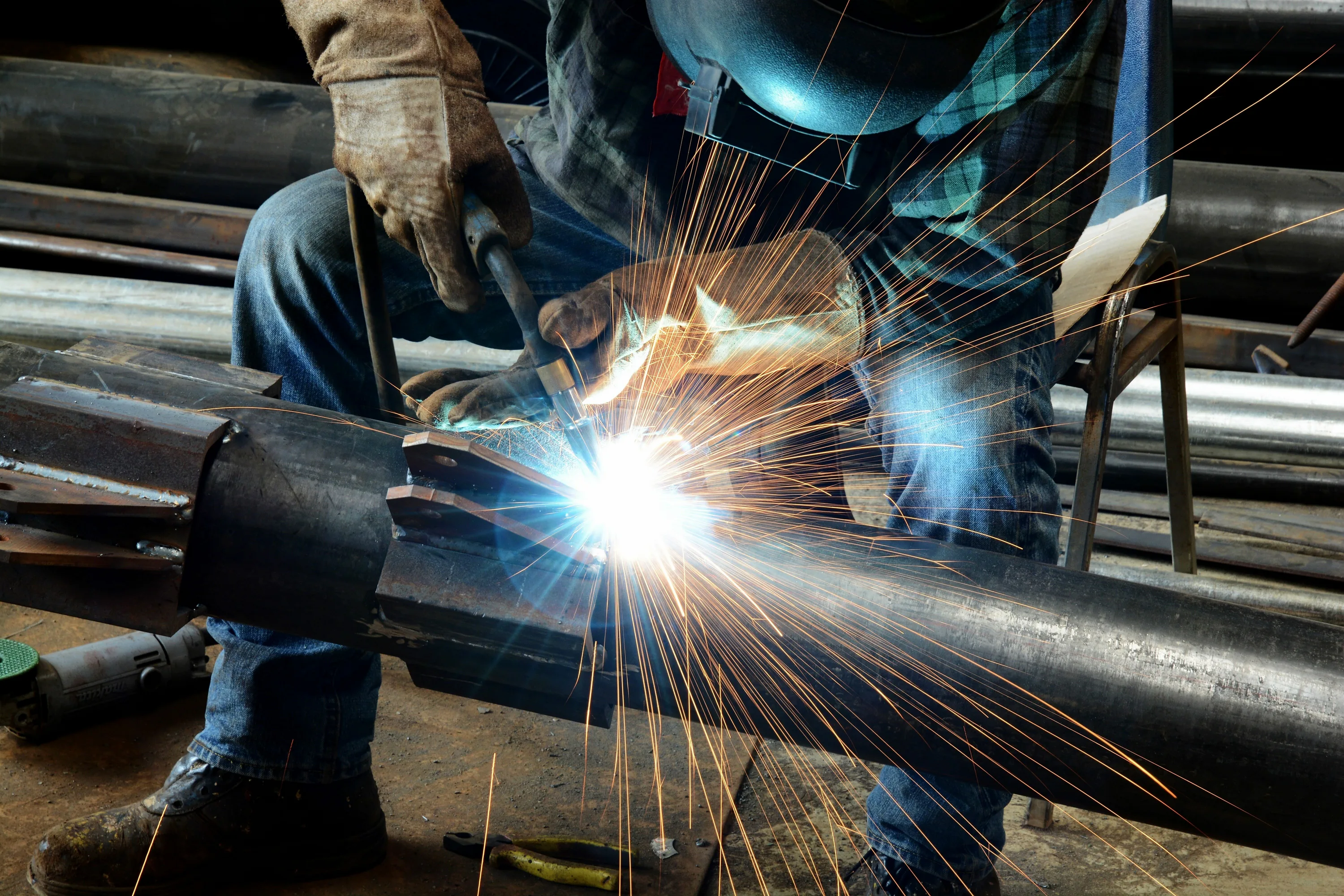
The landscape of contemporary design and construction is inextricably linked with the robust capabilities of steel. Far from being merely a utilitarian material, steel has evolved into a medium that allows for unparalleled creativity and structural integrity. Its inherent strength-to-weight ratio and versatility make it an indispensable component in a myriad of applications, from towering skyscrapers to delicate artistic installations. This adaptability empowers designers and engineers to push boundaries, crafting structures and objects that are both visually striking and exceptionally durable.
The true potential of steel is unlocked through meticulous planning and skilled execution in metal works. These processes transform raw steel into components that meet precise specifications, embodying both aesthetic vision and functional necessity. Whether for large-scale infrastructure or intricate decorative elements, the journey from concept to tangible form relies heavily on expert craftsmanship and an deep understanding of material properties. This foundational role underscores steel's significance in shaping our built environment.
A critical aspect of leveraging steel's potential is custom fabrication. This specialized discipline involves creating bespoke metal components tailored to unique project requirements. It’s where innovative designs truly come to life, moving beyond standard parts to achieve specific aesthetic and structural goals. This approach ensures that every element fits seamlessly into the overall vision, optimizing both performance and visual appeal in complex metal projects.
The precision required in working with steel demands a high level of expertise, particularly in steel welding. This crucial process fuses metal pieces, creating strong, lasting bonds essential for the integrity of any structure or product. The quality of welding directly impacts the safety, durability, and finish of the final piece, highlighting the importance of certified professionals and advanced techniques in achieving superior results.
Beyond its structural applications, steel offers significant advantages in terms of longevity and minimal maintenance, making it a sustainable choice for many projects. Its resilience against various environmental factors, when properly treated, contributes to a longer lifespan for structures and components. This durability translates into reduced need for replacements and repairs over time, reinforcing its value as a long-term design solution.
At TNT Custom Welding, we understand that designing with steel is about more than just bending and joining metal; it's about understanding the interplay between strength, aesthetics, and purpose. Our commitment to excellence in precision fabrication ensures that every piece we create not only meets but exceeds expectations, contributing to the lasting quality and beauty of your endeavors.
The art of designing with steel lies in harmonizing its inherent strength with aesthetic aspirations. Engineers often prioritize function, focusing on load-bearing capacities, material fatigue, and structural efficiency. Their expertise ensures that a design is safe, stable, and performs its intended purpose flawlessly. This functional bedrock is non-negotiable, forming the essential foundation upon which any design must be built.
Conversely, designers frequently emphasize form, exploring steel's potential for elegance, fluidity, and visual impact. They consider how light interacts with surfaces, the tactile experience of the material, and its contribution to the overall ambiance of a space. The challenge is to achieve these artistic expressions without compromising the structural integrity or practical utility that steel inherently offers.
Modern advancements in metallurgy and fabrication technologies have significantly expanded the possibilities for intricate designs. Computer-aided design (CAD) and advanced manufacturing techniques, such as laser cutting and CNC machining, allow for the creation of complex geometries with unprecedented accuracy. This technological leap enables designers to realize forms that were once considered impossible, bridging the gap between ambitious concepts and practical execution.
The collaboration between design and engineering disciplines is crucial for successful metal projects. When these fields converge, the result is often a masterpiece that is both structurally sound and visually captivating. Expert teams, like those at TNT Custom Welding, understand this synergy, providing comprehensive industrial metal service that integrates design vision with engineering precision, ensuring optimal outcomes for every client.
Discussions within the industry often revolve around the long-term impact of design choices, particularly concerning material sustainability and repairability. Opting for durable steel components, coupled with accessible metal repair services, contributes to a longer lifecycle for products and structures. This approach not only supports environmental responsibility but also offers enduring value to clients, showcasing a forward-thinking perspective in every local metal shop.
Designing with steel remains a dynamic field, continually evolving with new technologies and creative approaches. The material's fundamental properties ensure its continued relevance across diverse sectors, from large-scale infrastructure to detailed residential welding projects. The emphasis will increasingly be on smart design that integrates efficiency, aesthetic appeal, and environmental consideration.
For anyone embarking on a project involving steel, we recommend prioritizing clear communication between all stakeholders—designers, engineers, and fabricators. This collaborative spirit is essential for translating initial concepts into robust, beautiful, and functional realities. Engaging with experienced professionals who possess a deep understanding of steel's capabilities is paramount.
Ultimately, the future of steel design lies in embracing innovation while respecting the material's inherent characteristics. By focusing on quality craftsmanship, thoughtful design, and responsible practices, we can continue to create enduring structures and products that serve both practical needs and artistic aspirations for generations to come.
Comments